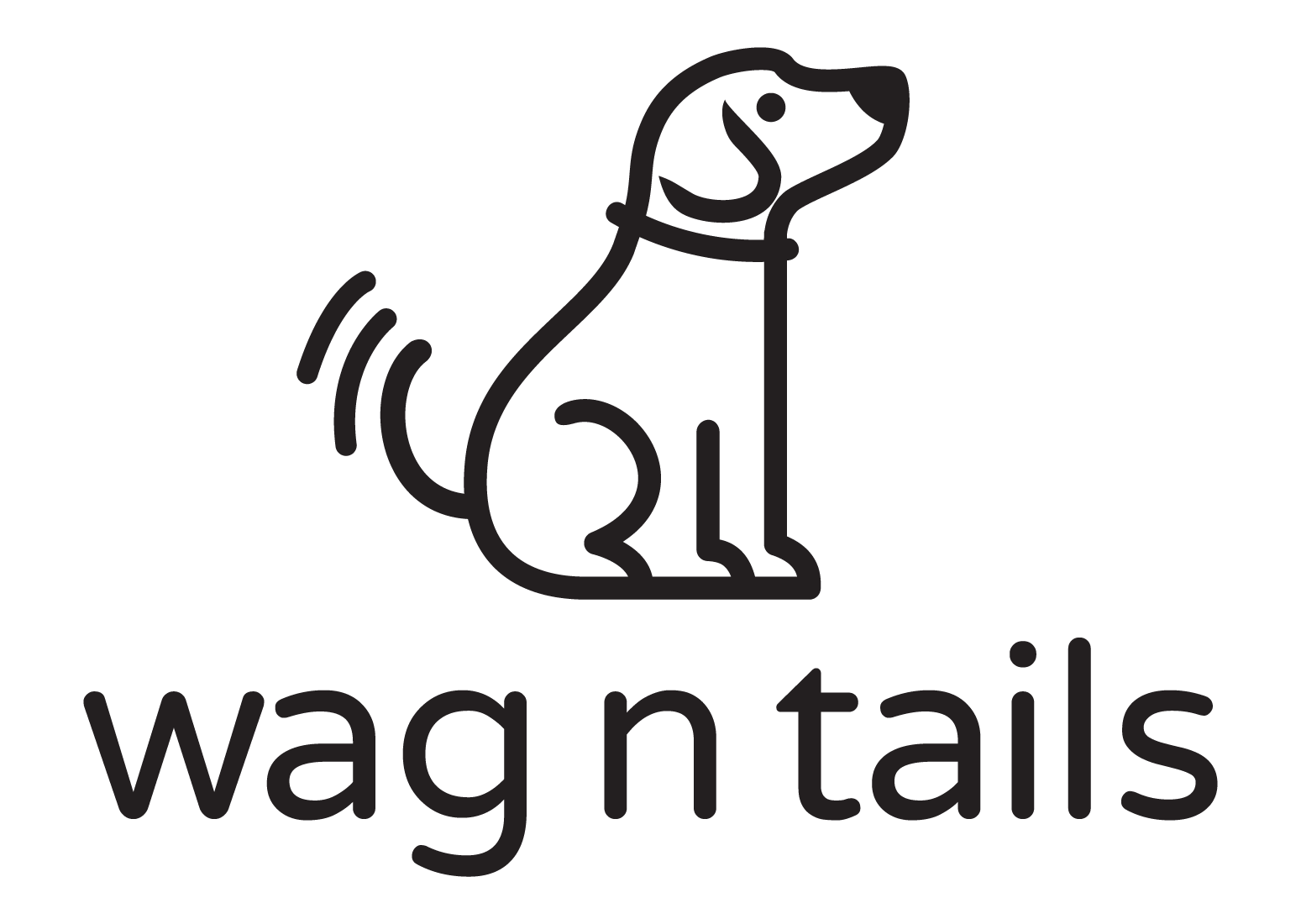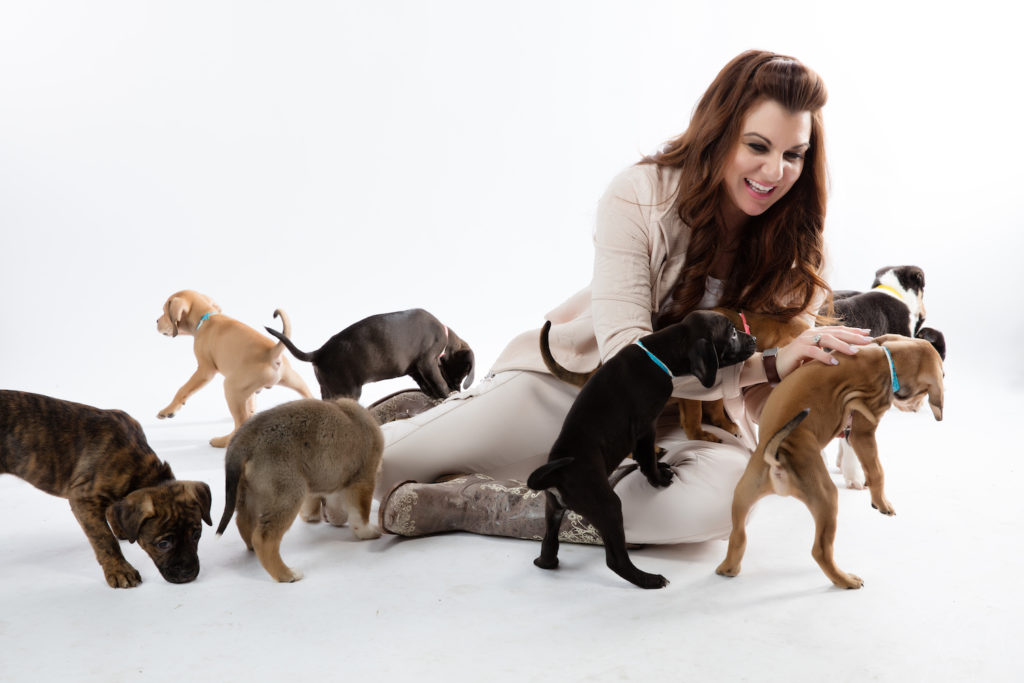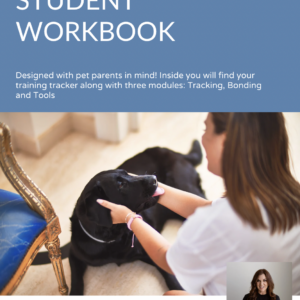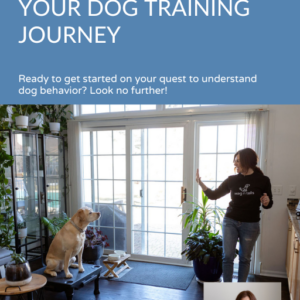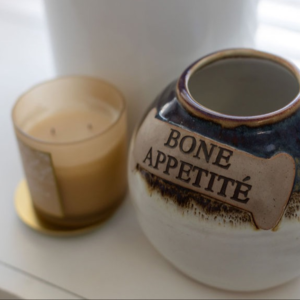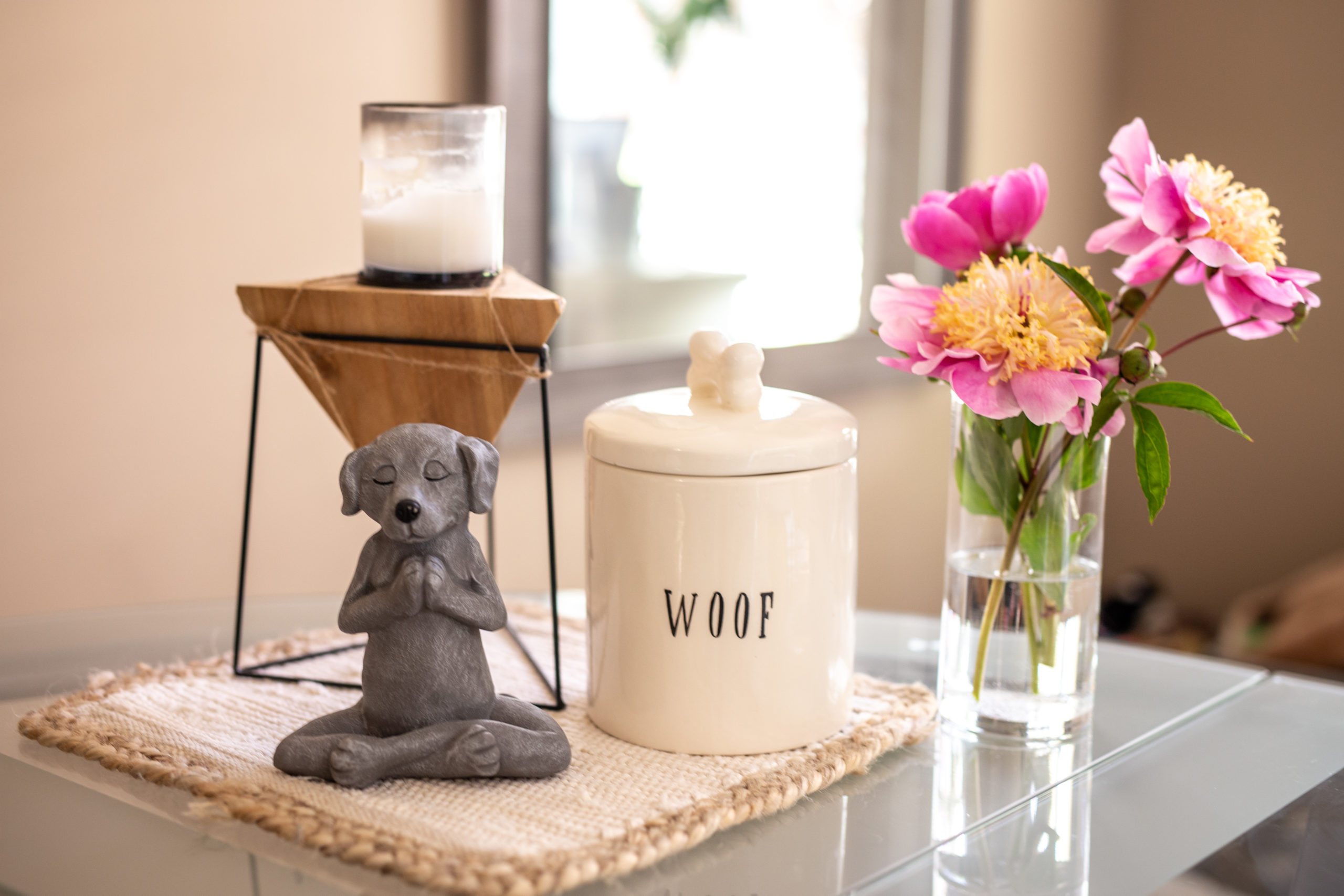These 5 puppy training tips are fun, simple, and effective. Building a forever bond with your new buddy is so important! Bringing a new puppy into your home is an endless source of love, fun and responsibilities, although a puppy can also bring frustration to the family home along with them. Puppies like to chew on valuables, nip and bite at your hands and legs, they tend to make mistakes and urinate in the house, and the list goes on. Here are 5 tips to help prevent mistakes and make for a happy puppy and a happy home!
1. REWARD WHAT YOU WANT TO SEE AGAIN!
When you are pleased with your puppy, make it obvious to him right then and there. When your puppy is lying quietly chewing on something that 1. is acceptable, verbally tell him how good he is. 2. Better yet, pet him and add a touch reinforcement. Go all out and offer a food reward!
Instead of yelling at or scolding your puppy, teach what you want the puppy to DO rather than with what you DON’T want the puppy to do. This is so much more effective and offers a long-lasting method of learning.
Remember: Puppies repeat what you reward!
Examples:
- Quiet in the crate – Before any barking or whining – Offer a reward
- Playing on a toy and not biting – Offer a reward
- Not pulling on the leash – Offer a reward
- Potty outside – Offer a reward
- Playing with appropriate toys, not stealing items left out – Offer a reward
2. MAKE LIFE REWARDING FOR YOUR PUPPY
If you are providing everything in life for free, you are missing out on great opportunities to teach. There are so many wonderful ways to teach your dog how to learn after you have taught the basic cues. Requesting a simple sit or “watch me” cue before you offer the basics in life can be a great way to make life more fun and engaging for you and your pup!
Examples:
- Before you open the potty door – Ask for the sit and the door opens
- Quiet in the crate – Give the “watch me” cue and now the door opens
- Picking up your puppy – Sit first!
- Coming up on the furniture – Watch me and then you can come up!
3. BE CONSISTENT
If one family member is allowing one behavior, and another person is not, this simply isn’t fair to your young puppy. All of these changes in the human household rules can be quite confusing and will set back your learning journey. Be sure to create the family rules so that everyone at home is on the same page. Better yet, make a list!
Examples:
- Allowed on the furniture, or no?
- Table food, or no?
- Jumping up for hugs?
- Sniffing on walks?
- Running the fence with the neighbor dog?
4. EXERCISE AND ENRICHMENT
Biologists and Ethologists suggest feeding a daily portion of your puppies’ meals by allowing the puppy to “hunt.” You can easily accomplish this task by providing a variety of hollow chew items or interactive dog toys. Check out my blog here to learn much more about my obsession with daily enrichment. You can also use a portion of your puppy’s meal to teach leash walking so you are adding exercise to the meals. Adding exercise to your daily enrichment plan will provide both the physical and mental stimulation to satisfy the needs of your young puppy. We have lots of great tips in our eBook with fun activities, checklists, bonus activities, recipes, videos and how-to’s. GRAB IT HERE.
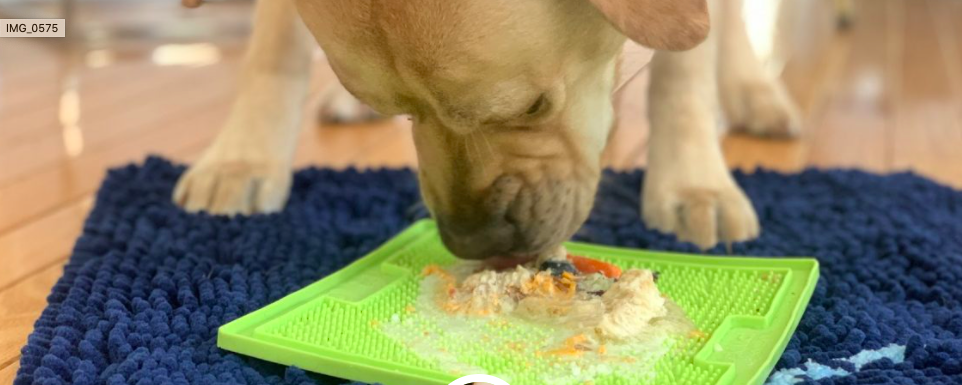
5. COMMUNICATION
When we bring a puppy into our homes, they do not speak our language, and we don’t speak dog. Learning how to communicate and understand what each other is “saying” can prevent problems. When your body language is saying one thing because you’re hunched over and your eyebrows are scrunched together, but the tone of your voice is saying something completely different, this can be very confusing to the young animal living in your home. This is what dog training is all about. When you learn how to teach your dog the basic cues using our English language, this teaches you how to communicate with one another. Learn much more about body language here.
These tips can get you started on the bond that comes with the relationship you build when teaching your new family member. Puppies aren’t born knowing how to behave in a human world. Taking the time to understand how dogs think and learn while using kind and patient methods of teaching builds a bond based on trust, confidence, and clear communication. There’s so much more to dog training than dog training.
Ready for Puppy Training?
Wag n Tails offers a variety of training and enrichment programs both online and virtual! To find out which one would be best for you and your dog, let’s talk!
Ready to train?
About Wag n Tails Seminars
We offer seminars on a variety of topics from basic obedience to understanding how your dog learns and responds to cues. We also discuss how to properly use positive reinforcement in dog training and how to be consistent with rewards.
Our seminars are interactive and informative with plenty of hands-on activities. We discuss different dog behaviors and how to structure training around them. We also talk about how to deal with specific issues such as dog nutrition, your dog’s body language, enrichment, treat retreat, barking, aggression, and much more!
Learn more here.
Don’t forget to take a peek at our store, here.
